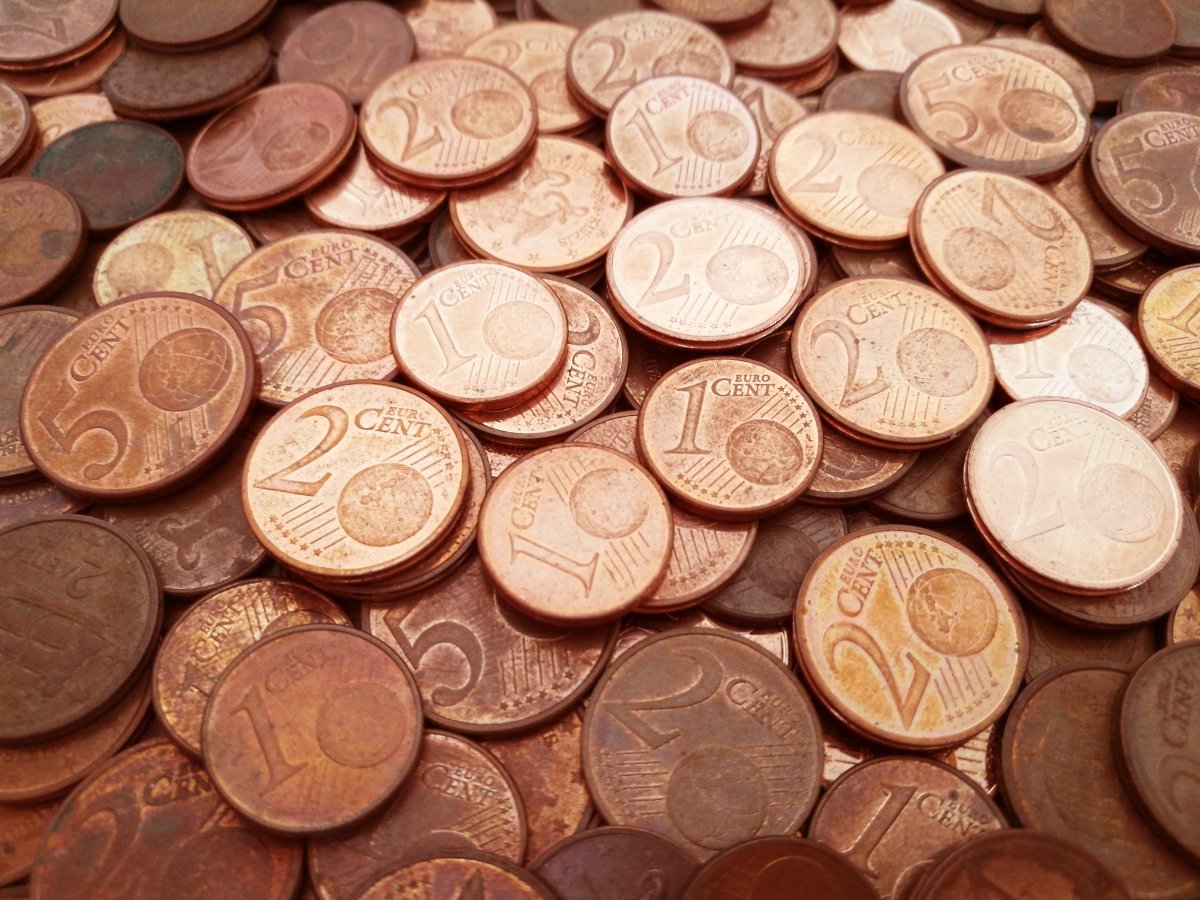Cash: Euro states want to produce new coins worth billions
Source: Heise.de added 04th Jan 2021Despite the increased use of cashless payment options during the corona pandemic, the euro countries also want to put 2021 euro coins into circulation on a large scale. The European Central Bank (ECB) approved the production of coins with a total volume of just under two billion euros, including collector coins.
That is less than one Year before. The central bank guaranteed the states with the common currency the issue of new euro coins for the year 2020 in the amount of over 2.1 billion euros.
Germany’s largest coin producer A volume of 658, 9 million euros of the coin production planned for next year (PDF file) is intended for daily use, plus collector coins of 499, 3 million euros. Most of the coins will also 2021 Germany produce. The volume of Europe’s largest economy amounts to 658 million euros, of which 241 Million euros on collector’s coins.
With a total volume of 321, 5 million euros comes Spain has the second highest value of new coins, France ranks third among the euro countries with a volume of 241 million euros. The ECB sets an upper limit for the total volume of coins annually based on the requirements reported by the euro countries. In this context, the countries can then have the coins minted.
Discussion about the use of ‘small coins’ One and two cent coins are the most controversial. Many consumers find them annoying. Some campaign for their abolition. “The EU Commission is currently hearing about 1 and 2 cents. Our position that small coins should not be abolished is the same as that of the Federal Minister of Finance,” said Bundesbank board member Johannes Beermann of the German press agency. “I am of the opinion: As long as there are prices like 1, 19 or 0, 99 Euros, the small coins are needed. And you shouldn’t forget: There are people who are dependent on every penny. ”
The Corona crisis has given cashless payments a boost. In an ECB survey of the euro countries in July 2020 four out of ten respondents said they had used cash less often since the beginning of the pandemic. In the year before the crisis, notes and coins had already lost their importance for consumers. They are therefore still the most popular means of payment for smaller amounts at the checkout. The use of cards, however, is increasing.
“Especially directly at the till, the predominance of cash is large with around three quarters of all transactions, like the latest study of the ECB’s payment behavior also shows, “said Beermann. “I don’t think there’s going to be a massive shift.”
(tiw)
brands: AM Boost Million New Value media: Heise.de keywords: Payment
Related posts
Notice: Undefined variable: all_related in /var/www/vhosts/rondea.com/httpdocs/wp-content/themes/rondea-2-0/single-article.php on line 88
Notice: Undefined variable: all_related in /var/www/vhosts/rondea.com/httpdocs/wp-content/themes/rondea-2-0/single-article.php on line 88
Related Products
Notice: Undefined variable: all_related in /var/www/vhosts/rondea.com/httpdocs/wp-content/themes/rondea-2-0/single-article.php on line 91
Warning: Invalid argument supplied for foreach() in /var/www/vhosts/rondea.com/httpdocs/wp-content/themes/rondea-2-0/single-article.php on line 91
